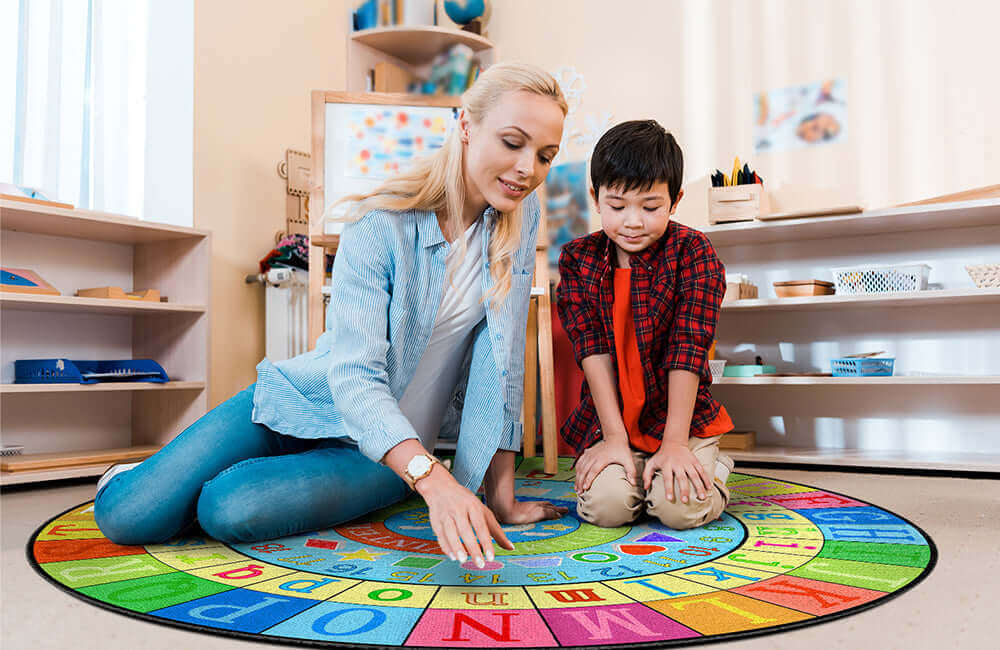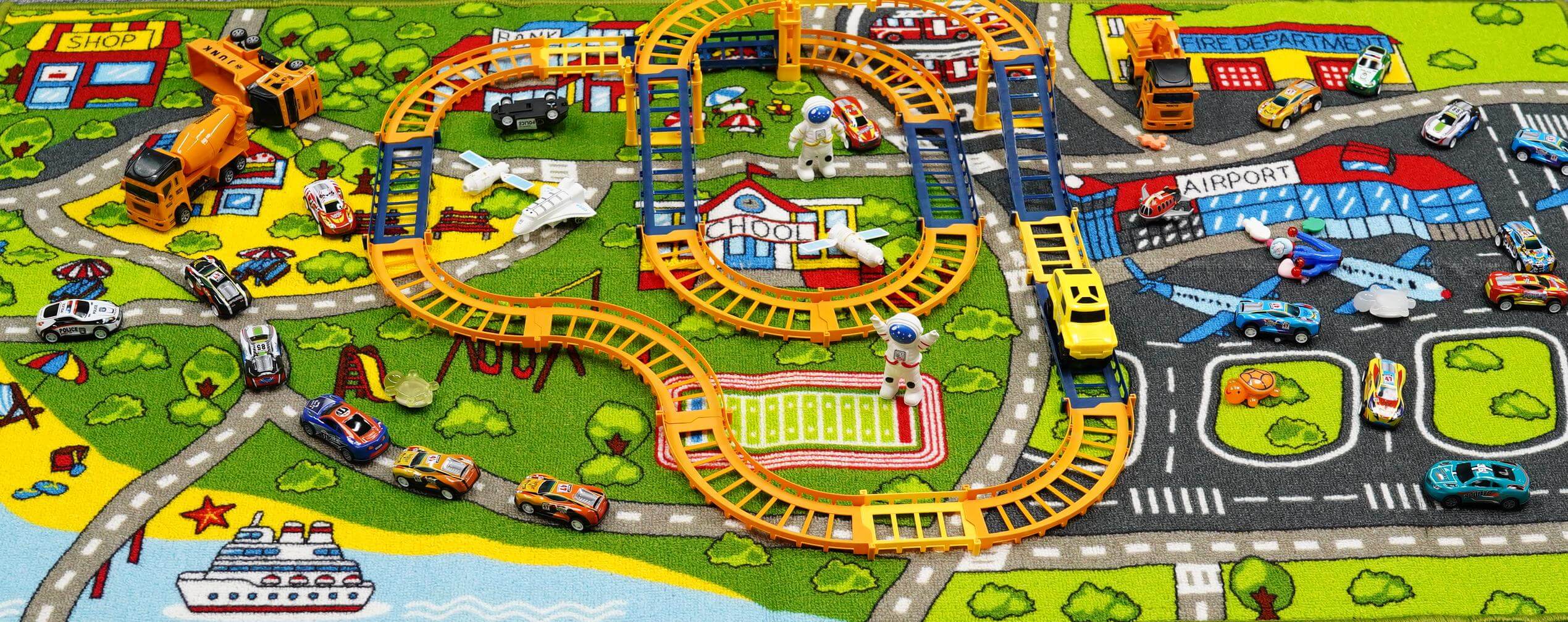Key Principles of Learning Station Design
The most effective learning stations are built on solid pedagogical foundations. According to research published in the Journal of Learning Spaces, several key principles emerge:
- Clear Instructional Intent: Each station should have an obvious purpose that connects to learning objectives.
- Scaffolded Complexity: Design stations with varying levels of difficulty to accommodate different learner abilities.
- Multimodal Engagement: Incorporate visual, auditory, kinesthetic, and tactile elements to address diverse learning preferences.
- Time Management: Consider how long learners will spend at each station and design activities accordingly.
- Autonomy Support: Provide clear instructions that allow learners to navigate stations independently.
Educational psychologist Dr. Robert Marzano suggests that well-designed learning stations can increase student achievement by up to 29% when they incorporate elements of active engagement and clear feedback.
Physical Layout Considerations
The physical arrangement of your learning stations can significantly impact their effectiveness. Key considerations include:
Space Allocation
Each station needs adequate space for the intended number of participants.
The general rule is approximately 4-5 square feet per learner at each station, though this varies based on activity type.
Choosing the right rug size for classrooms ensures that each station is spacious enough for its intended group size without overcrowding.
Traffic Flow
Create a logical pathway between stations using round rugs or circular arrangements to minimize congestion and maintain flow.
Consider using floor markings, directional signs, or numbered sequences to guide movement.
Visual Separation
Use furniture, room dividers, or color-coding to create distinct boundaries between stations. This helps learners mentally transition between different tasks and concepts.
Comfort and Ergonomics
Select appropriate seating rugs and work surfaces that support the activities at each station.
For example, reading rugs or floor cushions might be ideal for literacy stations, while adjustable-height tables support collaborative projects.
According to a study in Wikipedia's educational design entry, physical environment can account for up to 25% of learning outcome variance.
Technology Integration
Modern learning stations often incorporate technology to enhance engagement and expand possibilities. Effective tech integration might include:
Digital Content Stations
Provide tablets or computers loaded with interactive content, simulations, or self-paced tutorials. These allow for personalized learning paths and immediate feedback.
Creation Stations
Equip areas with digital tools for content creation: video recording setups, audio recording stations, or digital design workstations. These support project-based learning and creative expression.
Virtual and Augmented Reality
When appropriate, incorporate VR/AR experiences that allow learners to explore concepts in immersive ways. This is particularly valuable for scenarios that would be impossible or impractical in physical form.
Collaborative Technology
Include tools that support group work: shared digital canvases, collaborative documents, or screen-sharing capabilities. These foster communication skills alongside content mastery.
The Tech & Learning website provides excellent examples of how technology can transform traditional learning stations into interactive experiences.
Accessibility and Inclusivity
Effective learning stations must be accessible to all participants regardless of ability level or background. Consider these elements:
Physical Accessibility
Ensure stations accommodate learners of different heights, those using mobility devices, and those with varying levels of motor control.
Cognitive Accessibility
Provide instructions in multiple formats (written, visual, audio) and consider offering modifications for different cognitive processing styles.
Cultural Inclusivity
Select materials and examples that reflect diverse perspectives and avoid cultural assumptions that might alienate certain learners.
Sensory Considerations
Be mindful of sensory sensitivities by controlling noise levels between stations, providing headphones when needed, and considering lighting that works for all participants.
As noted in Learning Environments Research Journal, "inclusive design principles in learning stations don't just benefit learners with identified needs—they improve engagement for everyone."
Assessment and Feedback Integration
Learning stations provide unique opportunities for assessment that goes beyond traditional testing. Consider incorporating:
Self-Assessment Tools
Include rubrics, checklists, or digital self-quizzes that help learners gauge their own understanding.
Peer Feedback Mechanisms
Design protocols for learners to provide constructive feedback to each other on station activities.
Teacher Observation Points
Create systems that allow facilitators to observe and document learning without disrupting the flow of station activities.
Digital Documentation
Incorporate methods for learners to document their process and progress, such as digital portfolios or progress tracking tools.
Real-World Examples
Let's look at some exemplary learning station designs across different contexts:
Elementary Classroom Example
A third-grade teacher created a set of geography learning stations that included:
- A digital mapping station with interactive maps on tablets
- A topography building station using clay and reference materials
- A climate research station with books and guided research sheets
- A cultural exploration station with artifacts and multimedia resources
- A collaborative cartography station where small groups created their own maps
Corporate Training Example
A technology company designed onboarding stations for new employees:
- Product demonstration stations with hands-on experience opportunities
- Company culture stations featuring video interviews with team members
- Technical skills assessment stations with self-paced challenges
- Mentor connection stations for brief conversations with experienced staff
- Documentation stations where new hires could practice finding resources
Museum Education Example
A science museum created rotating learning stations about renewable energy:
- Solar panel demonstration station with working small-scale models
- Wind energy calculation station with mathematical challenges
- Energy conservation station with thermal imaging cameras
- Policy research station with tablets loaded with age-appropriate resources
- Engineering design station where visitors could prototype energy solutions
Conclusion
Effective learning station design combines intentional pedagogy, thoughtful physical arrangement, appropriate technology, inclusive accessibility, and meaningful assessment.
By carefully considering each of these elements, educators can create powerful learning experiences that engage participants and support deeper understanding.
Remember that the best learning stations evolve over time based on learner feedback and observed effectiveness.
Regular evaluation and refinement of your station design will ensure they remain relevant and impactful.



Leave a comment
This site is protected by hCaptcha and the hCaptcha Privacy Policy and Terms of Service apply.